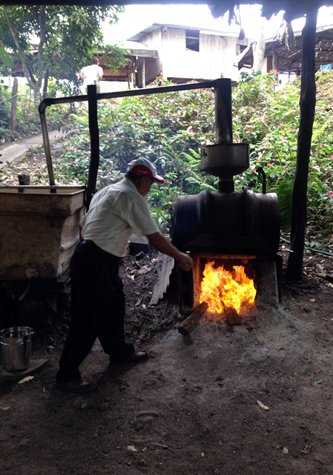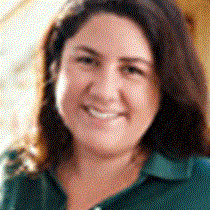One of the highlights of our job on board the National Geographic Endeavour is to share an amazing archipelago with amazing people. During meals and hikes, we have the opportunity of getting to know our guests better. Each and every one of them have interesting lives, careers and anecdotes that they are happy to reveal.
I feel very fortunate this week because I have met a lady who got to work with William Beebe in the early 1960’s, at the Research Station that Beebe founded at Trinidad Island: Simla. So it has been an opportunity to remember and celebrate a naturalist who became the inspiration for many scientists, biologists and conservationists of our time.
William Beebe was born in the USA in 1877. He was a biologist, the first one to observe marine life in its natural habitat, submerged in the then recently invented “batesphere.” By 1923 he came to the Galapagos Islands on board the Noma, in an expedition financed by Harrison Williams. He described several new species, especially of marine organisms, to finally publish “Galapagos, World’s End” a US best seller for a very long time.
Santa Cruz was the first Island where Beebe landed, an island he called by its English name, Indefatigable. This is the island we have visited today, and I couldn’t avoid relating our visit to the things he might had seen then. “Indefatigable is rounded in contour …Huge cacti raised their oval pads aloft, angular and posed like Javanese dancers, and lower growths found somehow space for roots in jagged crevices, and nourishment from scant volcanic dust and ash”, wrote Beebe in the first chapter of his book.
Today we have walked through probably the same cactus, and have enjoyed the land birds he described during his research in this archipelago. In the afternoon we saw tortoises in the wild and experienced some of Galapagos culture by visiting a sugar cane press and with the music and dancers than came on board. Galapagos has not changed much since Beebe came to these islands; it is still at world’s end.







